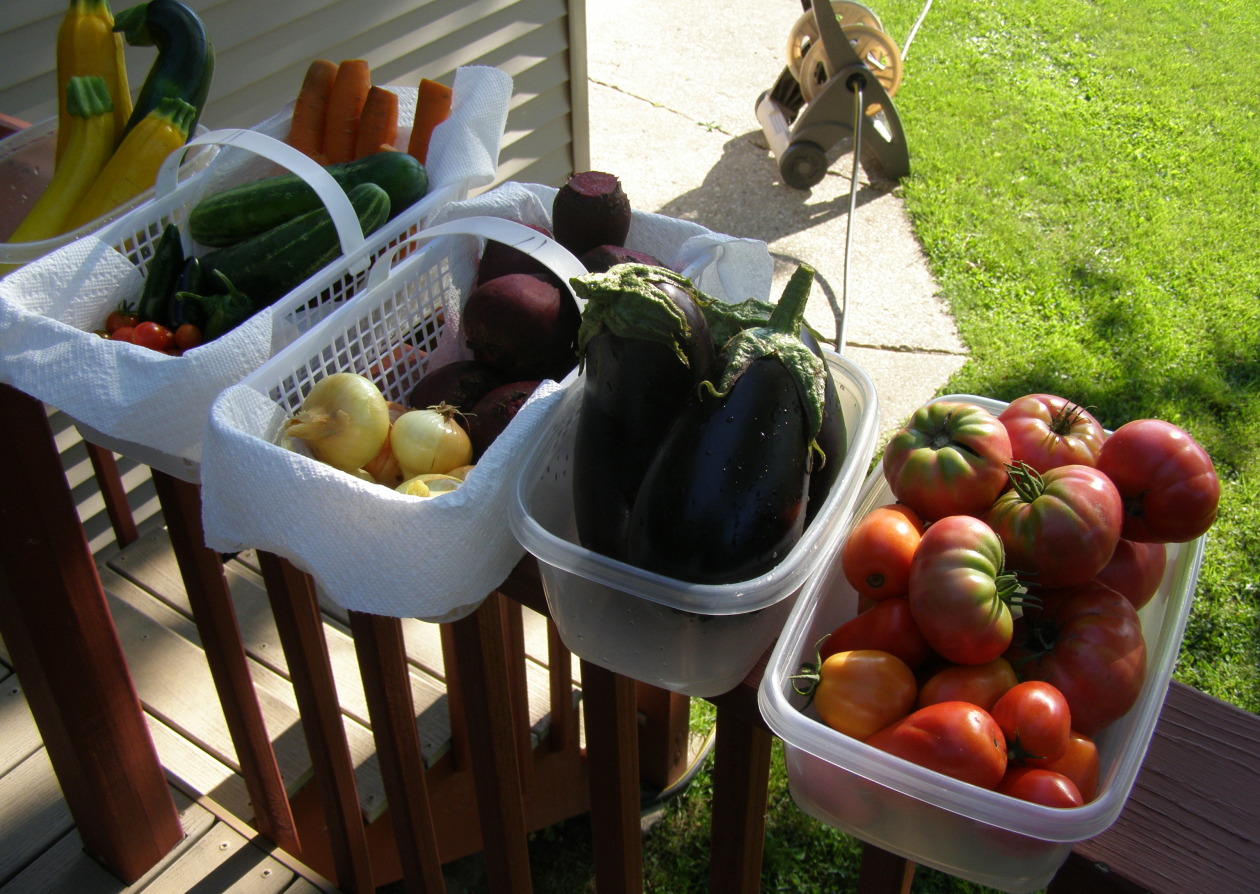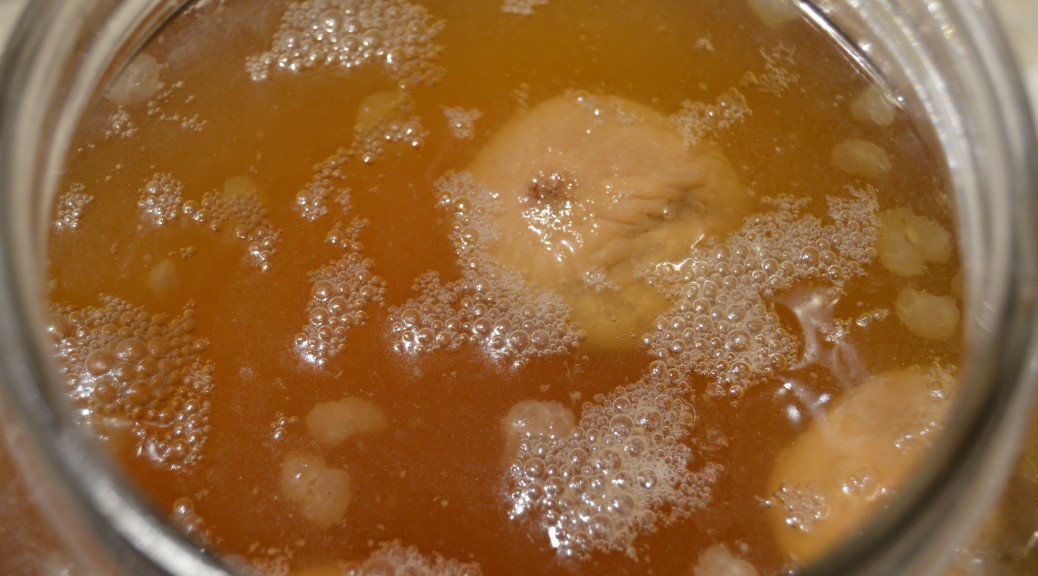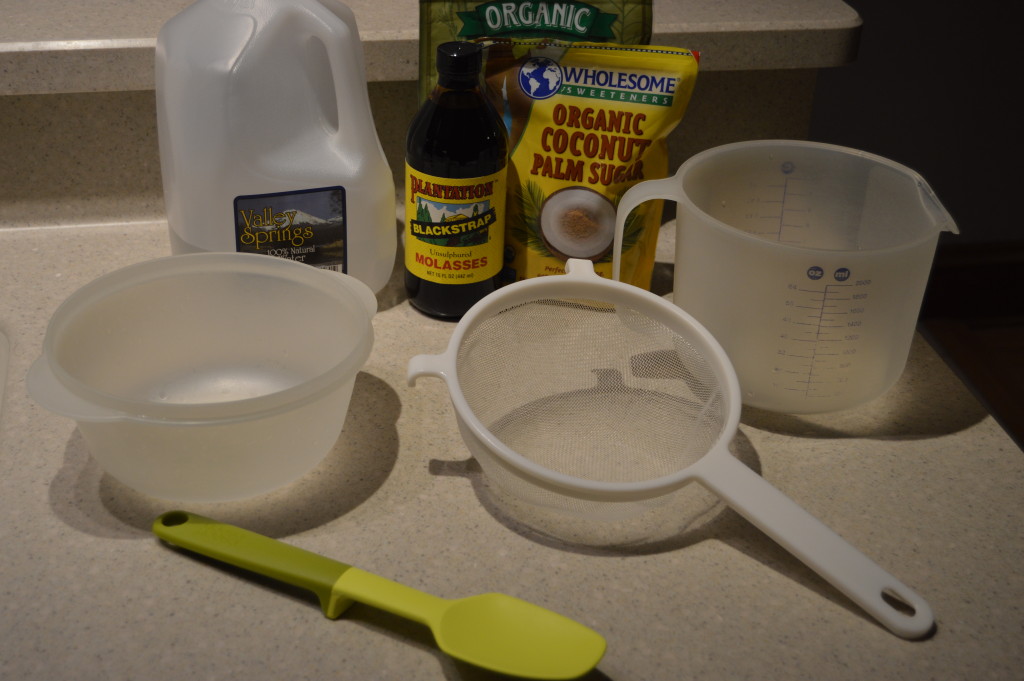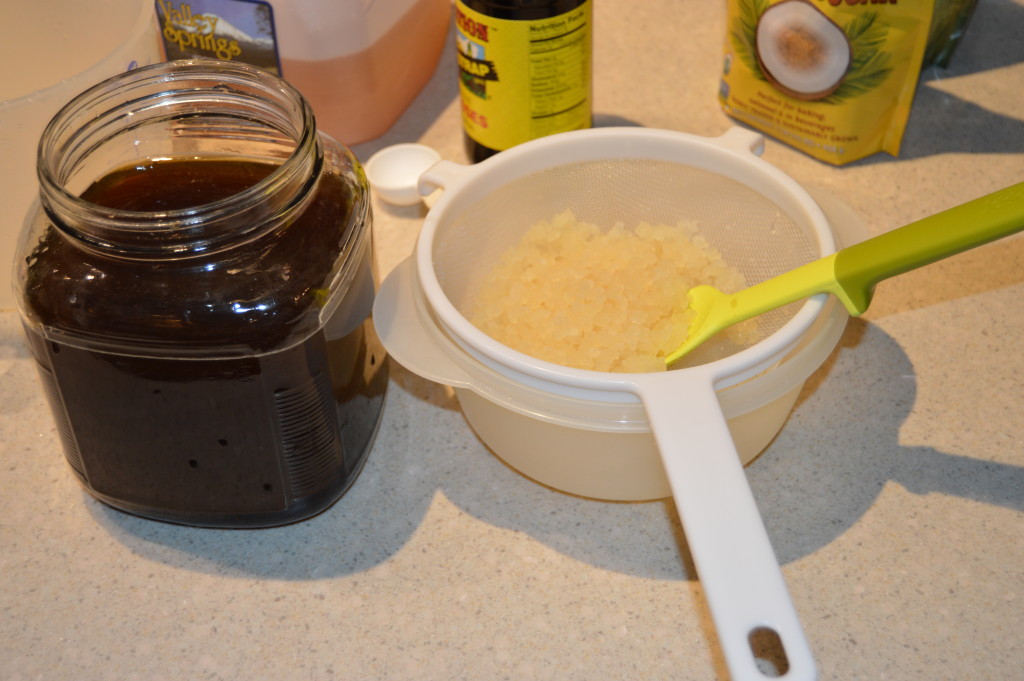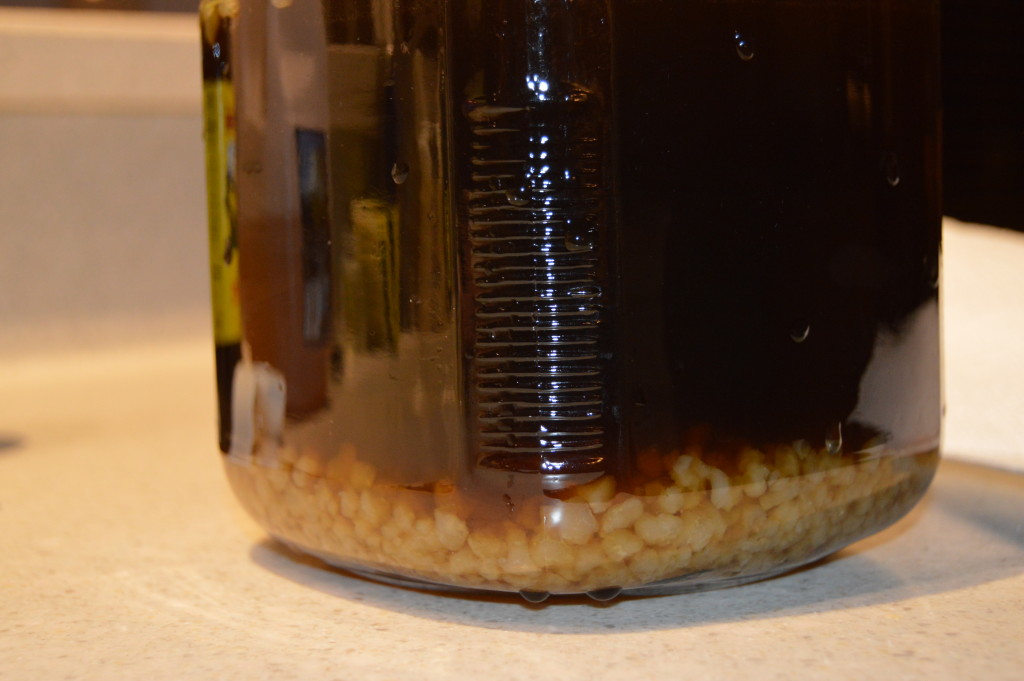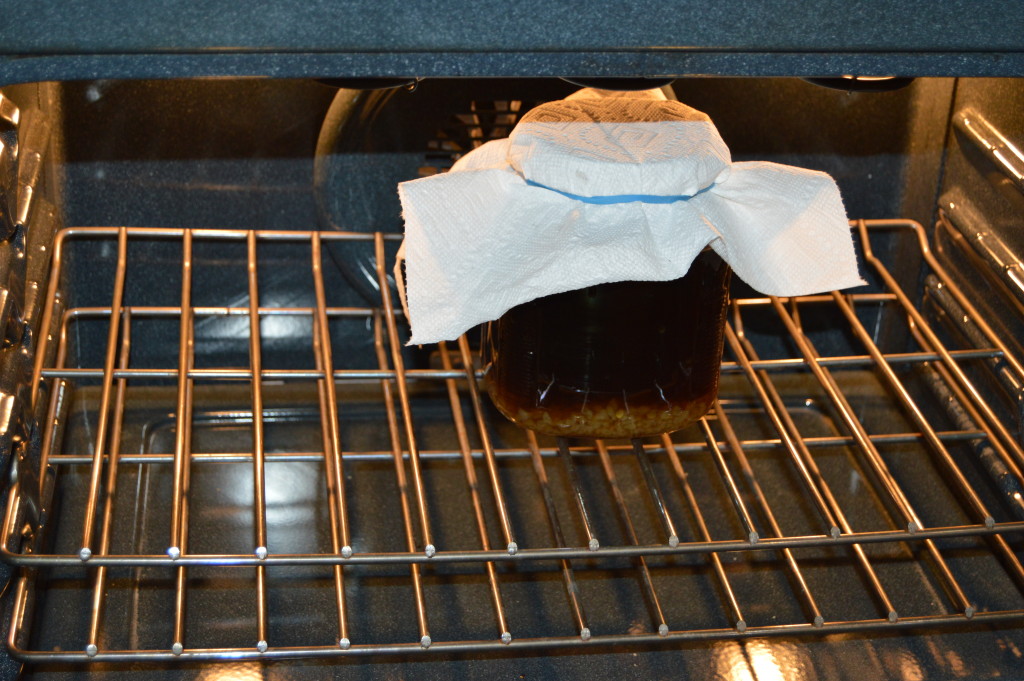As the temperature drops into single digits here in the Midwest, some folks crave a big bowl of chili while others dream of a plate of cheese dripping, mac and cheese. Well, not me. As the thermometer drops and the moisture sucking air moves in, I gleefully announce, “I’m making granola.”
So, I happily made granola last night until I realized, I had not bought any dates. Too darn lazy(and cold)to go to my local co-op, I continued-on with figs, apricots, raisins, and cherries. Still, it’s just not the same granola without medjool dates.
I’ve been making this granola off and on since the late 90’s. I pulled it out of the Milwaukee Journal Sentinel, and I said, “I can do this.” It isn’t a cheap endeavor but neither is buying granola of this quality. Besides, it tastes great over my often soupy, and tart, raw-milk yogurt.
These are the dry ingredients: A mix of chopped, raw pecans and cashews, coconut flakes, raw sunflower seeds, a mix of chopped figs and apricots, old fashioned oats, cherries and raisins, and golden flax seeds.
After preparing the dry, I move on to heating up on low: Vanilla, maple syrup-Grade B, coconut oil, honey(buy local if you can), and cinnamon. Whisk until fully combined.
After the wet ingredients are warmed, stir into dry ingredients except the dried fruit. Add the dried fruit last.
Prepare two jelly-roll pans and line with foil(or not–I like easy clean-up). I do not add non-stick spray even though the recipe recommends it.
Heat in a 350 degree oven for five minutes, pull out, stir and return back to oven, switching the rack placement. To keep it straight, the pan I pull from the top rack always goes on the right and the bottom goes on the left. I then know the right goes on the bottom rack while the left goes on the top. You do this three times. I do not stir the granola after the final five minutes–I just leave it. I leave it be for at least a couple of hours or even overnight. Dry air keeps the granola crunchy and downright delicious.
Cranberry Raisin Granola
3 C old-fashioned rolled oats
1/3 C sliced almonds
1/3 C sunflower seeds
2 Tbls flax seed
1/4 C maple syrup
1/4 C mild flavored honey
2 tsp. canola oil
1 tsp. ground cinnamon
1 tsp. vanilla extract
1/2 C dried cranberries
1/2 C raisins
1/2 C chopped pitted dates
Preheat oven to 350 degrees
In bowl, combine oats, almonds, sunflower seeds, and flax seeds.
In small saucepan, heat maple syrup, honey, oil, cinnamon and vanilla until mixture is warm, 2 to 3 minutes. Stir, then pour warm liquid over oat mixture. Stir with rubber spatula until oats are moist and coated evenly. Mix in dried fruits.
Cover jellyroll pan with foil. Coat lightly with vegetable oil spray. Spread granola to cover pan in even layer.
Bake 5 minutes. Remove from oven. Stir and turn granola, to let it dry and color evenly. Repeat, stirring every 5 minutes, until oats are lightly browned, about 15 minutes. They will still feel slightly soft and moist. Cool granola in pan; it will get crisp. Stored in airtight container, granola keeps 1-2 weeks.
As you can see, I changed up the ingredients a little bit. I’m all about the pizazz, and I have it with pecans, cashews, cherries and coconut.
| Granola, yogurt and dark chocolate chips=YUM! |
I always double the recipe and refrigerate–it stays fresh and crisp longer. I used all organic ingredients except the honey. This is a healthier granola recipe but pay attention to the serving size of a half a cup.
Stay warm and be sure to make your kitchen smell delicious soon with this recipe.
